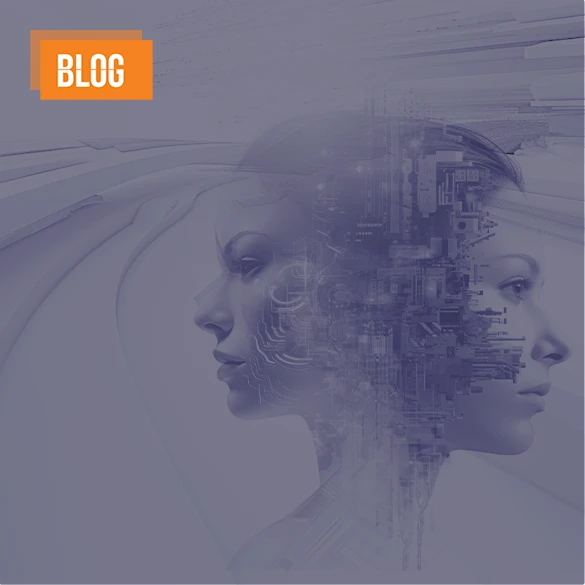Case Based Insurance and AI


In many respects, the main objective of the insurance is very clear, but when evaluated in details we can say that it is one of the services people cannot do the exact price/value comparison.
Perhaps we can generalize to the fact that the majority of insurance customers are rational consumers who are risk averse or who have to buy because of legal requirements. Legal or regulatory accountabilities create a "guarantee" customer base for the insurance sector. Some examples are TCIP (Turkish Catastrophe Insurance Pool), PPS (Private Pension System), passenger transportation insurances. The share of those policies created due to necessity in the total is not at all insignificant.
When we examine the rational consumer behaviors, the most common decision-making factors are the comparison of similar products/services and the cost benefit analysis. Especially for a risk averse rational customer, the basic starting question that will make an insurance decision is how to get right insurance. The complexity milestone of an insurance purchasing decision-making process begins with exactly the question “how”.
Nothing that is not fully understood cannot be expected to give a full confidence alone. As we mentioned above, insurance risk modeling is a complex process by definition and it is not possible to fully understand it except for its experts. So, it is necessary to create and put forward different sales & marketing arguments that will build trust. We can address one specific example called case-based insurance.
Custom case management in the insurance sector gains importance in order to give confidence and make a difference for today’s transformed consumers. The creation of case-based insurance is a challenging argument where risk modeling and customer perception are at an intersection. On the one hand, each parameter in the model needs to be correctly identified and concretized, and on the other hand, these parameters must be conveyed in a way that the customer can understand.
Looking at the current offerings, there are some good marketing arguments of all insurance companies that are not case based but kind of customized, such as reduction of non-damage, retention discount etc. Then the question comes: What should be used to ensure that those offers are fully case specific?
In fact, it is easy to answer but difficult to apply: collection of correct data and effective predictive analysis is key to case base offerings. Today for automobile insurances, many critical information is possibly applied to risk models by very general assumptions; such as route info, when, parking details (when, where, how), driver info, and driving habits (phone usage with or without handsfree accessories) etc. However, safe parking location or traffic intensity on the daily route, even the accident rates on that route may allow the insurance premium to decrease from the first day. More importantly, tens of pages contract clauses will be much more clear and concrete. Increased risk assessment parameters can provide a more robust distribution of risk over existing models in the model.
Of course, it is challenging to come to such a point with a classic organizational and modeling structure. A self-learning model that can dynamically change its parameters according to the depth and structure of data. This is only possible with artificial intelligence solutions and machine learning. Case-based risk models can become manageable only with an artificial intelligence solution infrastructure assisting experts. Such evolved risk management will create a new marketplace where customers can get insurance policies for specific cases and many uncertain / meaningless items can be expressed more concrete and clear. Customers will compare different brands not using monthly payment amounts but using offer details. Thus, while the insurance company gain competitive advantage, the customer can make a safer purchase.
AI, on the other hand, will be able to demonstrate its real impact, especially in the insurance sector, with the application of IoT technologies. Access to many data sources such as usage data, wearable health products, motion data and image analysis from cameras and security data will ensure the AI effect is fully visible.
AI is a strong tool not only in the field of risk management, but also especially in deep analysis of the needs and expectations for new insurance services through the NLP. Turkish language support is a critical AI solution feature can be utilized for understanding customer perception about existing insurance products, diverse and outsourced channel structures of insurance companies in Turkey. Sentiment analysis can create predictions for all of the above and more problems together with different internal & external data sources such as mobile app, SM, internet search data etc.
Finally, we are expecting IoT assisted AI solutions became significant tools regulated by the Governmental Authority in Turkey within 5 years. Thus, a perfect competition will be foreseen with more understandable risk and payment models resulting a significant increase in the demand for insurance products.








